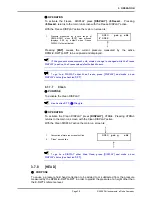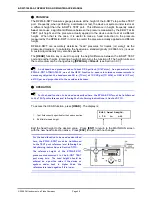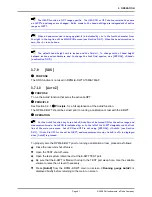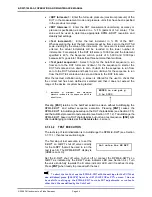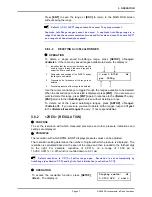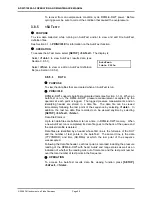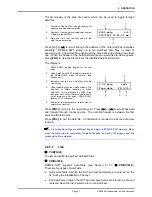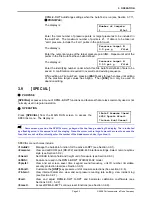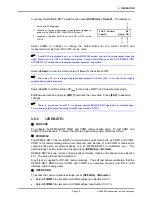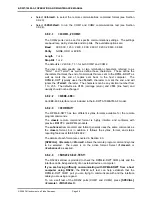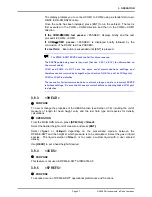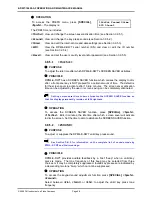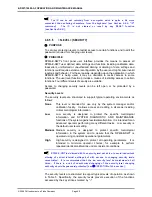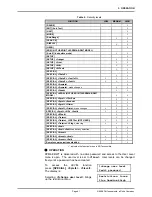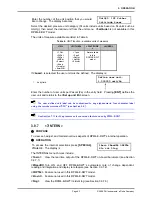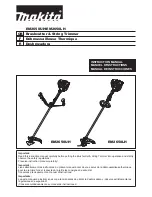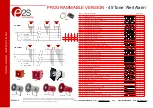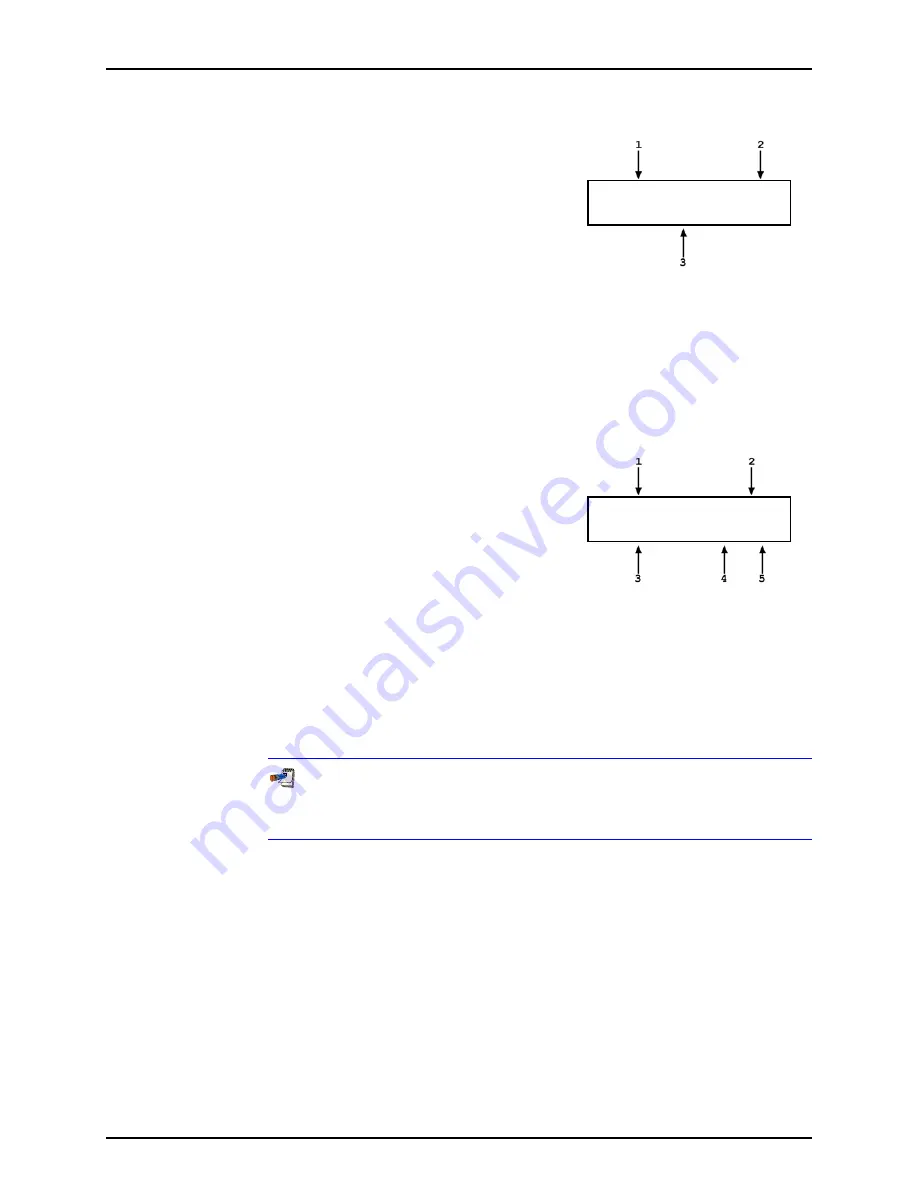
3. OPERATION
Page 51
© 2008 DH Instruments, a Fluke Company
The first display is the data file header which can be used to toggle through
data files:
1.
Full scale of the AutoTest with pressure unit of
measure and measurement mode.
2.
Number of test points executed/total number
of points in the AutoTest.
3. Date and time that the last point in the
AutoTest was executed.
6000 psig 6/6
20070922 10:51:01 am
Press
[+/-]
or
[
→
]
to scroll through the headers of the other AutoTest data files
available. RPM4-E-DWT stores up to ten AutoTest data files in order of
execution with a new data file pushing all the files back and deleting the oldest
one. When the header of the AutoTest data file you would like to view appears,
press
[ENT]
to view the first point of the identified AutoTest data file.
The display is:
1. RPM4-E-DWT reading logged for the test
point.
2.
Head, AutoZ and Q-RPT indicator (same as in
the RPM4-E-DWT main run screen) (see
Section 3.6.1).
3. Indication that this is an AutoTest data file
view screen.
4.
<FA>
indicating that the AutoTest was a File
AutoTest or
<QA>
indicating a Quick
AutoTest. This is preceded by
<OT>
if the
test point was out of tolerance (definition of
out of tolerance is Set point – RPM4-E-DWT
reading > DUT tolerance).
5.
Number of this test point over total number of
points in the AutoTest.
0.00 psig hzHi
View data FA 1/10
Press
[ENT]
to move to the next data point. Press
[
←
]
or
[
→
]
to scroll backward
and forward through the test points. The data file header is between the first
point and the last point.
Press
[ESC]
to exit the data file. Confirmation is required to exit the data view
function.
Up to ten data files are buffered, ten at a time, in RPM4-E-DWT memory. When
a new AutoTest run is completed, its data file goes to front of the queue and the
oldest data file is deleted.
3.8.5.2
FILE
PURPOSE
To view and edit File AutoTest definition files.
PRINCIPLE
RPM4-E-DWT supports AutoTests (see Section 3.7.11,
PRINCIPLE
).
There are two types of AutoTests:
•
Quick AutoTests in which the DUT and test parameters are entered “on the
fly” during the initialization of the test.
•
File AutoTests in which the DUT and test parameters are stored in a file and
retrieved when the file is selected to run an AutoTest.



